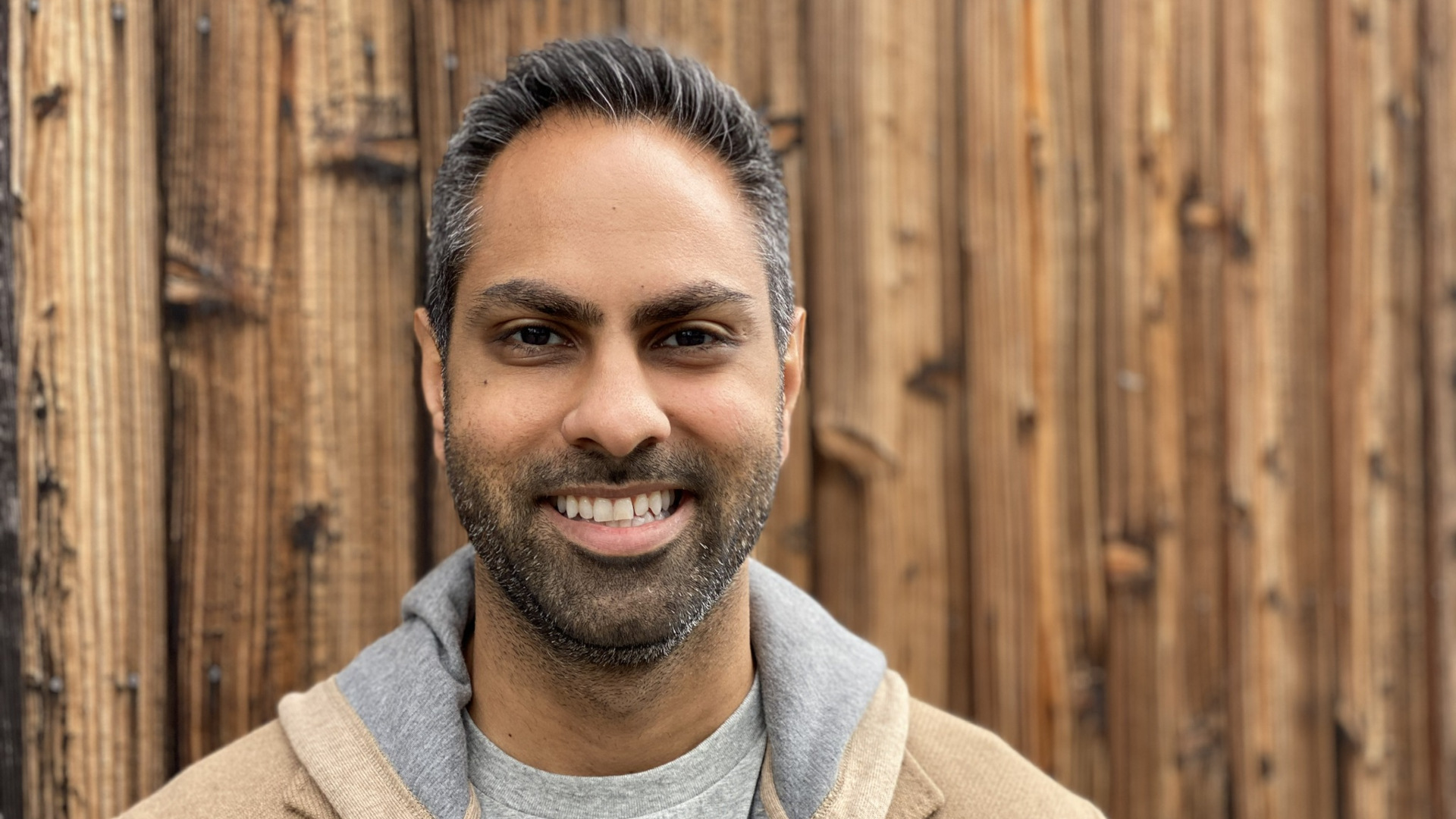
Money expert Ramit Sethi is a well-known personal finance guru who isn’t afraid to speak his mind. He is the bestselling author of the book “I Will Teach You to Be Rich,” as well as the host of the Netflix series “How to Get Rich.” So, long story short, he knows his way around some financial advice.
Up Next: How To Start Investing With Less Than $1,000
For You: 7 Ways To Tell If You're Rich or Middle Class -- It's More Than Your Paycheck
With that in mind, Sethi has previously shared what he believes is the biggest mistake people make when it comes to their money: letting it sit in a checking account. Instead, Sethi explained, it’s important for people to invest their money — something so many Americans are hesitant to do.
Why People Don’t Invest
No matter what someone has set as their financial goals, there are many reasons why people still decide not to invest. Primarily, to invest, people need to have extra money to allocate toward it. But sadly, many people are living paycheck to paycheck and battling high-interest debt, job loss and other money issues.
Plus, not everyone has access to a job that will set up automatic transfers into a retirement account to make investing easier. This fact, added to the prices of everyday goods increasing, can make it hard for people to prioritize investing when they’re trying to afford groceries.
Consider This: Barbara Corcoran: This Is the Only Investment I’ll ‘Never Sell’
Why Many Have a Low Risk Tolerance for Investing
Another reason is that many people distrust the stock market and prefer to keep their cash on hand rather than risk losing it. This is not to say having an emergency fund that covers three to six months’ worth of expenses set aside isn’t important, but that won’t grow your wealth like other investment strategies can.
Sethi explained to his followers that investing is how people become financially free. Because of inflation, the value of cash sitting in a checking account will erode over time, whereas with investing, money has the potential to grow and outpace inflation.
What To Do: Invest Money the Smart Way
Sethi recommended that people invest in target date funds or index funds, not hot stock picks. He explained that investing involves a long-term strategy and that target date funds take much of the guesswork out. With these funds, people can choose the year they plan to retire, and the fund will automatically adjust to become more conservative as that year approaches.
Sethi also praised index funds, which are funds that mimic a particular index, like the S&P 500.
With an index fund, investors purchase a portfolio of stocks or bonds. That way, it’s naturally diversified. If one company doesn’t perform well, the fund still has several others to balance out the performance. Index funds also have lower expenses and fees, which can help investors to keep more of their money.
Final Take To GO
Ultimately, Sethi’s goal is to encourage his followers to invest, even if they just place money in a high-yield savings account to start. He stressed that real wealth can’t be built by putting money in your checking and encouraged his followers to learn more about building wealth through investing.
If you have a lower risk tolerance for investing in stocks or bonds, it is understandable during times of economic uncertainty. A good starting point may be to shop around for banking products like certificates of deposit (CDs), money market or high-yield savings accounts that have higher APYs and interest rates than where you are currently storing your money. This will help you start your journey of growing your wealth, and then you can take bigger risks down the road.
Caitlyn Moorhead contributed to the reporting for this article.
More From GOBankingRates
- 50 Kirkland Signature Products Costco Shoppers Say Are Worth Every Penny
- Mark Cuban Reveals His Formula for Side Hustle Success
- These Cars May Seem Expensive, but They Rarely Need Repairs
- Warren Buffett: 10 Things Poor People Waste Money On
This article originally appeared on GOBankingRates.com: Ramit Sethi’s Harsh Truth About Saving Money — And What To Do Instead







